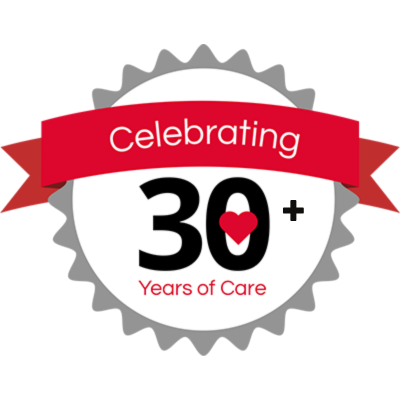Most of us are aware of what arthritis is in some form. We usually think of sore joints or that old injury that “flares up” from time to time. Everyone seems to have a story about someone they know who can tell that it’s going to rain by how their joints feel.
Arthritis is more complicated than that and caring for it can be challenging. Education is the key. There are many different types of pain or damage that can be felt or incurred by arthritis. Let’s have a look at how best to care for a patient or loved one who is challenged with arthritis.
2 Types of Arthritis
Osteoarthritis (OA)
Osteoarthritis is the most common form and occurs in many older people. As per Pharmacy Times, “OA most commonly affects weight-bearing joints and usually is associated with the deterioration or breakdown of the joint. Unlike RA, there is no specific diagnostic test for OA. The usual clinical presentation is pain initially when the joint is used; later, pain may occur at rest. Prolonged activity may aggravate the condition, and rest may ease the pain. The goal of therapy is to reduce pain and its impact on the patient and his or her quality of life.”
Rheumatoid Arthritis (RA)
RA is an autoimmune disorder than can strike before the older years. It leads to joint inflammation, pain and swelling that can last for hours or days. It can also lead to another host of issues that may not seem “arthritis-related”. It can lead to feeling exhausted, running a fever and can even attack organs such as liver, heart and and muscles.
How to care for someone who has arthritis
Manage Diet Diet management is critical for those with joint disease. Proper diet can help to maintain a healthy weight or to reduce to a healthy weight. Additional weight on joints can increase damage and pain.
There are also numerous foods that either increase or can decrease inflammation in the body. Harvard has a wonderful article on anti-inflammatory foods here.
Manage Rest Periods Understanding that a person suffering with joint pain from OA, or RA in general, may get tired more often or feel exhausted on a semi-regular basis. Managing schedule and physical tasks that need to be done is critical. Yes, the goal is to stay active and not curl up because of the pain, but proper rest period management will help with this.
Exercise While a person is in pain when they move, often the last thing they want to do is get moving. Lying in bed may feel good at one point, but moving the body and building the muscles around the impacted joint is a major help. Tai Chi, yoga, meditation, stretching classes and swimming are fantastic activities that are gentle and yet will help with pain management.
Medications Making sure the doctor is aware of what is happening and that proper diagnostic tests have been done is crucial. There may be medications that can help with daily function, mobility or pain. Have a look at some tips on how to manage medications here.
Task Evaluation As we age, there may be tasks that we no longer need to do. If a task in the home has just become too difficult, look at alternatives for how that task will get accomplished. Perhaps a neighborhood teenager would be happy to mow the lawn, or clean the eaves. A caregiver may need to be brought into the home if the list grows too long.
Work with the doctor on a tailored care plan. While some things may change, having arthritis doesn’t mean “stop living”.
~ ~ ~
Do you have questions about how you can better support your loved one while they age in place in South Florida or regarding homecare in general? Please contact CareGivers of America here: Contact or call us toll free: 800-342-4197
*No information in this article is to be taken as medical advice. This post is not sponsored, but may contain external links to websites, articles or product examples. External links are used for example or refence purposes only and these links do not indicate specific product or website endorsement by CareGivers of America.





